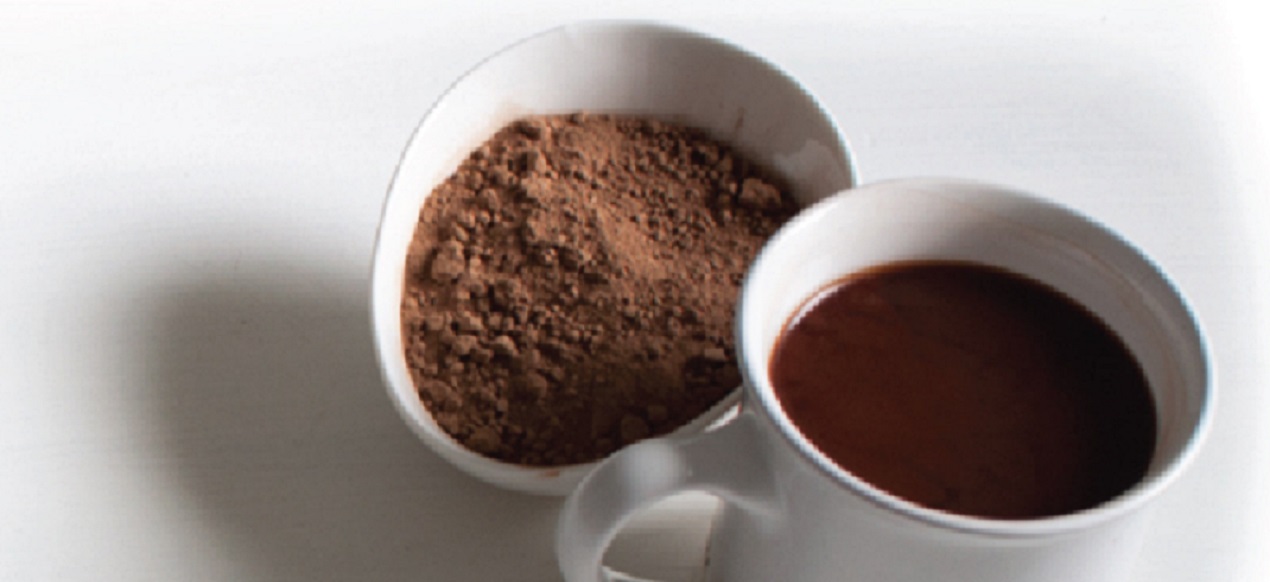
Let’s start with coffee
Today, next to cocoa, we look at its equally exotic relative – coffee. Both are world-famous drinks with a long history. Let’s compare them and see whether they come to you similar or each as something completely different.
Coffee is the dried and roasted seeds of the Arabian coffee tree (Coffea Arrabica) – a tree with red, cherry-like fruit growing originally on the misty hills of the tropical belt of Central Africa.

Photo: Karolina Grabowska, Pixabay
What is cocoa ?
Cocoa also comes from seeds, but this time from the seeds of Theobroma Cacao – a tree with huge colored pods on the branches and trunk, originating from the shady South American lowlands, where the Aztecs, Mayans and Incas have long liked it. I devote a whole article to a cacao tree anyway.
Comparison
So what we call coffee and cocoa are actually seeds hiding in the fruit, a fruit stone you could say.
Coffee comes originally from Africa, while cacao comes from South America. But the largest producer of coffee today is Brazil, and of cocoa it is Côte d’Ivoire and Ghana. So it’s interesting how these continents somehow swapped the two plants. So much for answering the question in the title of the article. However, for both raw materials, the largest consumer is the northern world, ie. the USA and Europe.
Processing differences
The processing is also similar to some extent – both are dried, roasted and then ground – for ground coffee and for cocoa to cocoa powder. Here, however, we come to perhaps the most important difference between coffee and cocoa. Coffee is infused, filtered, dripped, squeezed – in other words, coffee as a beverage is an extract, while cocoa is drunk complete. With each teaspoon of cocoa powder, you get a few cocoa beans. This means that coffee has no nutritional value, while cocoa does – fat (cocoa butter), carbohydrates, proteins and fiber are abundant in it. Unlike bar chocolate, there is less cocoa butter in it, which is pressed and separated, but I write about it elsewhere on the blog. In any case, the concentration of theobromine, carbohydrates, proteins and fiber is all the greater.
Sensory and health benefits
Let us now omit the differences in taste and aroma, there is a clear difference, and let’s look at the nature of the stimulant that is present in both drinks. In coffee it is, of course, caffeine and in cocoa theobromine, although cocoa also contains caffeine, but in minimal amounts. Both substances are so-called alkaloids and are chemically similar. Alkaloids are found in plants and act as a natural pesticide, thus protecting the plant against pests. Compared to theobromine, caffeine acts on the human nervous system as a stronger stimulant, with a greater diuretic effect and a faster onset. Theobromine, on the other hand, starts more slowly and lasts longer. In connection with the mentioned fact that cocoa contains other nutrients such as carbohydrates, fats and proteins, it can be said that it is more suitable as a stimulant before physical activity, because it not only reaches human reserves, but directly supplies the body with new nutrients.
In terms of health benefits, both coffee and cocoa are known to contain antioxidants and are popular drinks for promoting healthy diets and so-called modern lifestyle.
Cocoa in favour of children
But there is another important difference that favors cocoa, and that is that children can also drink cocoa! It is the aforementioned high content of nutrients and antioxidants, low levels of caffeine and chocolate taste that are popular with children, all of which are great prerequisites for cocoa as an ideal children’s drink. And because cocoa is usually drunk with milk, it’s often another way to get milk into children.
However, I am not talking about popular cocoa drinks here, where the cocoa content to sweeteners is 20:80 and it is therefore more of a cocoa-colored sugar. I mean pure cocoa powder, which can then be sweetened in the mug as needed.
It was a short reflection on coffee and cocoa, the article certainly does not want to denigrate coffee, on the contrary, I personally like it very much and drink both. It was more about a deeper penetration below the surface of both dark-brown powders and beverages. And I believe that there could definitely be found many other differences…